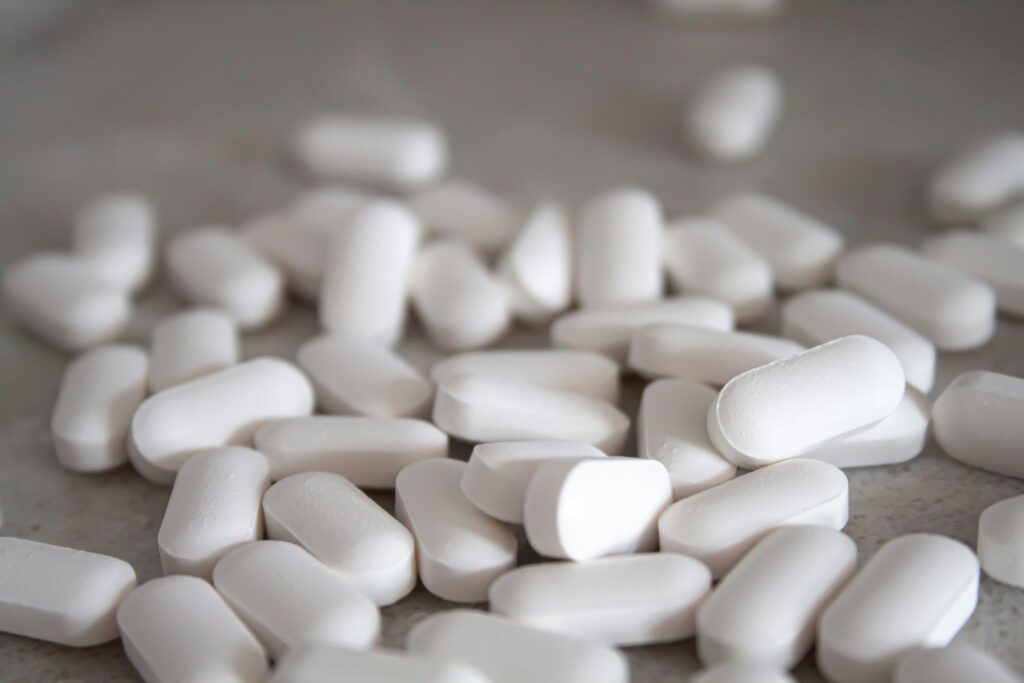Dosage Form Selection
Producing a spray dried powder is rarely the end of developing an oral dosage form pathway. Further processing is usually required in order to create a oral dosage form that can be administered in First-in-Human (FIH) or Proof of Concept (POC) clinical studies.
Tablets and capsules are the most common oral dosage form. However, other dosage forms such as sachets (bulk powders), vials (for reconstitution) and powders delivered via devices (inhalation and nasal) are also required on a regular basis.
The selection of a dosage form will involve factors including pharmacokinetics, bioavailability, stability under ambient climatic conditions, excipient compatibility, & the determined route of administration and the ability to achieve patient compliance.
Oral Solid Dosage Forms: Choices for FIH Studies
Designing a Process for Tablet Manufacture
In general, processes for tablet manufacture require the following three step processes:
- Granulation – Dry granulation (roller compaction, slugging) is the most common technique for spray dried powders. Alternatively, spray dried powders can be blended and subjected to direct compression.
- Compression – Conventional rotary multi-station compressing machine with dedusting and metal detection. Flexibility in tablet size and shape can be managed using conventional and multi-tip tooling.
- Coating – Utilisation of a film or sugar coating can be used for a variety of purposes including taste masking, improving stability and for targeted release in the digestive tract.


Designing a Process for Capsule Manufacture
Filling spray dried powders and other API’s into hard shell HPMC or gelatin capsules enables projects to move more quickly into FIH or POC studies.
In many cases, it is possible to fill capsules manually. As the trial progresses through the clinical stages.
Scale up of batch size is managed through automation, into semi-automated capsules fillers (Profill range) and then onto fully automated capsule filling machines capable of producing several thousand capsules per hour.
When developing the approach to capsule filling, consideration should be given to the target formulation, powder properties and the dose required.
This will essentially dictate the method of manufacture, in particular;
- Is a simple flood fill with the spray dried powder possible?
- Is a bulking agent required to enhance powder handing/filling operations?
- Is a Precision fill of the spray dried powder directly into the capsule more appropriate?
Drugs that have short half-lives or are rapidly metabolized often require dosing three or four times a day to maintain drug levels in the required therapeutic range. In such cases, sustained-release dosage forms can reduce the frequency of dosing.
The selection and use of specifically designed capsule coatings can create sustained-release products that can reduce the frequency of drug administration; improving compliance and the therapeutic effectiveness of the drug by maintaining a more constant drug plasma level than can be obtained using traditional dosage forms.
Conclusion
When developing oral dosage forms for clinical trials, it’s crucial to consider factors such as pharmacokinetics, bioavailability, stability, excipient compatibility, and patient compliance. Tablets and capsules are the most common forms, but alternatives like sachets, vials for reconstitution, and powders for inhalation or nasal delivery are also used.
For tablet manufacturing, the process typically involves granulation, compression, & coating.
In capsule manufacturing, filling spray-dried powders into hard-shell HPMC or gelatin capsules enables quicker progression into First-in-Human or Proof of Concept studies. Depending on the trial phase, this can be done manually or through automated machines. Key considerations include the filling method, & release profile.
Frequently Asked Questions
What factors influence the selection of an oral dosage form for clinical trials?
Factors include pharmacokinetics, bioavailability, stability under ambient conditions, excipient compatibility, the determined route of administration, and patient compliance.
What are the common types of oral dosage forms used in clinical studies?
Tablets and capsules are the most common oral dosage forms. Other forms include sachets (bulk powders), vials (for reconstitution), and powders delivered via devices for inhalation and nasal administration.
How does the choice between tablets and capsules affect clinical trial timelines?
Capsules, especially when filled with spray-dried powders, can facilitate quicker progression into First-in-Human (FIH) or Proof of Concept (POC) studies due to simpler manufacturing processes compared to tablets.
Discover Upperton's Oral Dosage Form Capabilities
Oral administration remains the most widely used route for the successful delivery of active pharmaceuticals to patients. Discover how a CDMO partnership can streamline your drug development journey.
Get in touch.
If you’re looking to work with a CDMO that can support your product from preclinical development to market and beyond, then we’re here to help.